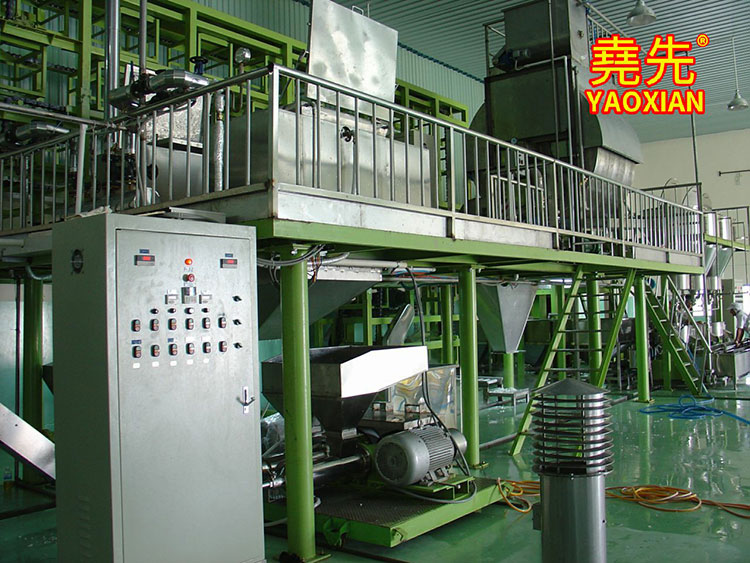Revolutionizing Rice Vermicelli Production: The Advancements in Row Arranged Machinery
2023-10-18
Introduction
Rice vermicelli, a popular staple in many Asian cuisines, has been enjoyed for centuries. Its delicate texture and ability to absorb flavors make it a versatile ingredient in various dishes. As the demand for rice vermicelli continues to grow, advancements in machinery have played a significant role in streamlining production processes. One such innovation is the development of row arranged rice vermicelli machinery, which has revolutionized the industry. In this blog post, we will explore the features and benefits of this technology.
The Traditional Method
Traditionally, rice vermicelli was made by hand. Skilled artisans would mix rice flour with water to form a smooth batter, which was then poured onto bamboo mats or screens. These mats were stacked and left to dry in the sun, allowing the batter to solidify into thin sheets. Afterward, the sheets were rolled into delicate strands of vermicelli, creating the final product. While this method produced authentic and high-quality rice vermicelli, it was time-consuming and required a significant amount of manual labor.
Enter Row Arranged Rice Vermicelli Machinery
To meet the growing demand for rice vermicelli and improve production efficiency, row arranged machinery was introduced. This technology automates the process, reducing human involvement while maintaining the quality and texture of the final product.
1. Mixing and Extrusion: Row arranged rice vermicelli machinery starts by mixing rice flour and water to create a consistent batter. This batter is then fed into an extrusion machine, which squeezes the mixture through small holes to form thin strands of vermicelli. The extrusion process ensures uniformity and precision in the size and thickness of the noodles.
2. Drying: Once the vermicelli strands are extruded, they are transferred onto a conveyor belt, where they undergo a drying process. Unlike the traditional sun-drying method, row arranged machinery utilizes advanced drying technologies such as hot air circulation or infrared drying. These methods ensure a quicker and more controlled drying process, reducing the risk of contamination or spoilage.
3. Cutting and Sorting: After the vermicelli strands are dried, they are cut into desired lengths using automated cutting mechanisms. These machines can be adjusted to produce various sizes of vermicelli, catering to different culinary preferences. The cut noodles are then sorted and packaged for distribution.
Benefits of Row Arranged Rice Vermicelli Machinery
The adoption of row arranged rice vermicelli machinery has brought several advantages to the industry:
1. Increased Production Capacity: With automated processes and streamlined operations, row arranged machinery significantly boosts production capacity. It can produce large volumes of rice vermicelli in a shorter timeframe, meeting the demands of consumers, retailers, and foodservice providers.
2. Consistency and Quality Control: The machinery ensures consistent quality in every batch of vermicelli produced. From the mixing and extrusion stage to cutting and sorting, the technology maintains precise control over the thickness, texture, and appearance of the noodles. This consistency guarantees customer satisfaction and builds brand reputation.
3. Cost and Time Efficiency: By minimizing manual labor and accelerating the production process, row arranged machinery reduces labor costs and increases operational efficiency. Manufacturers can optimize their resources, reduce overhead expenses, and ultimately offer their products at competitive prices.
4. Hygiene and Food Safety: The mechanized processes minimize human contact, reducing the risk of contamination. The use of advanced drying techniques and automated packaging further ensures that the final product meets stringent hygiene and food safety standards.
Conclusion
Row arranged rice vermicelli machinery has transformed the rice vermicelli production industry, offering efficiency, consistency, and scalability. This technology enables manufacturers to meet the growing demands of consumers while maintaining the quality and authenticity of traditional rice vermicelli. As the market continues to expand, we can expect further advancements in machinery that will drive innovation and shape the future of rice vermicelli production.



